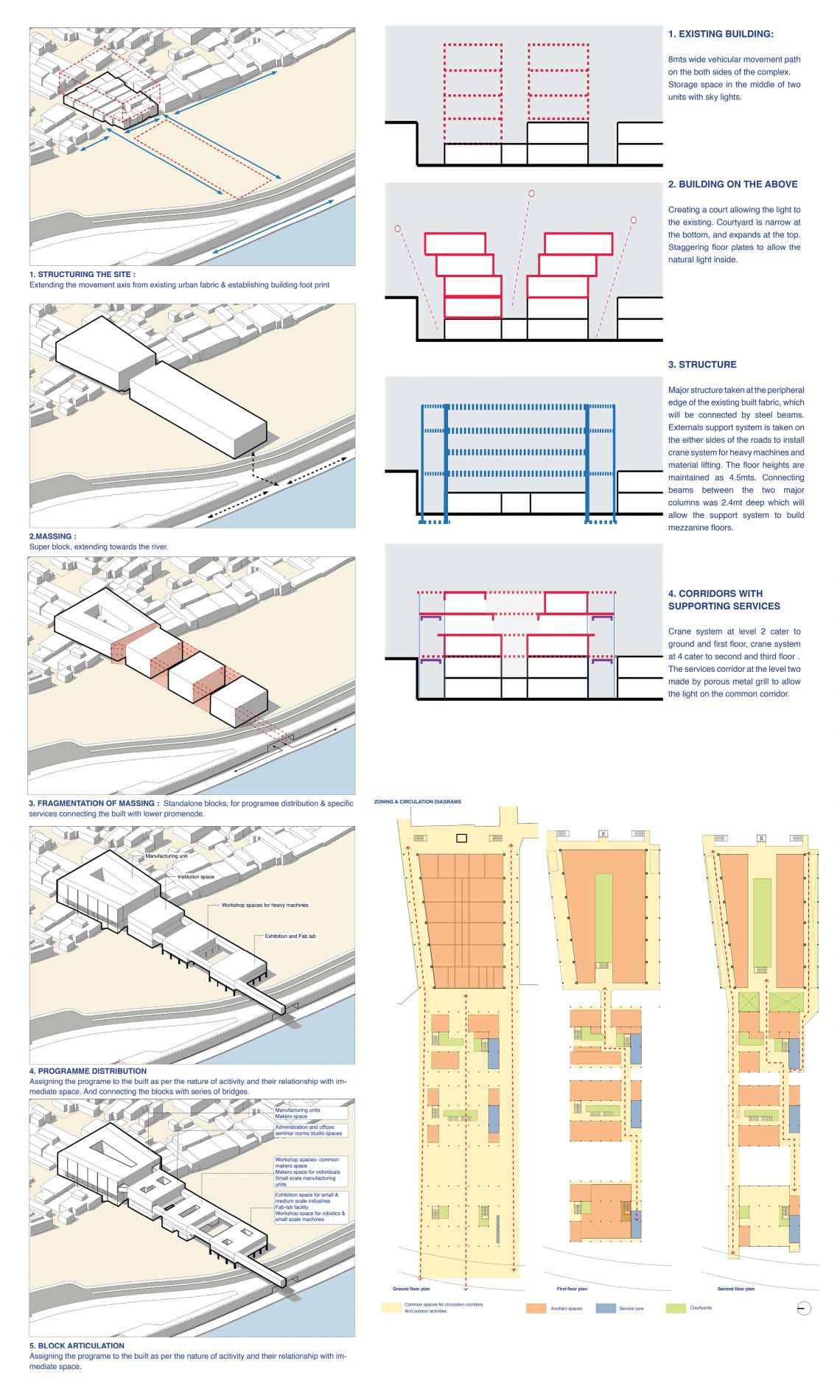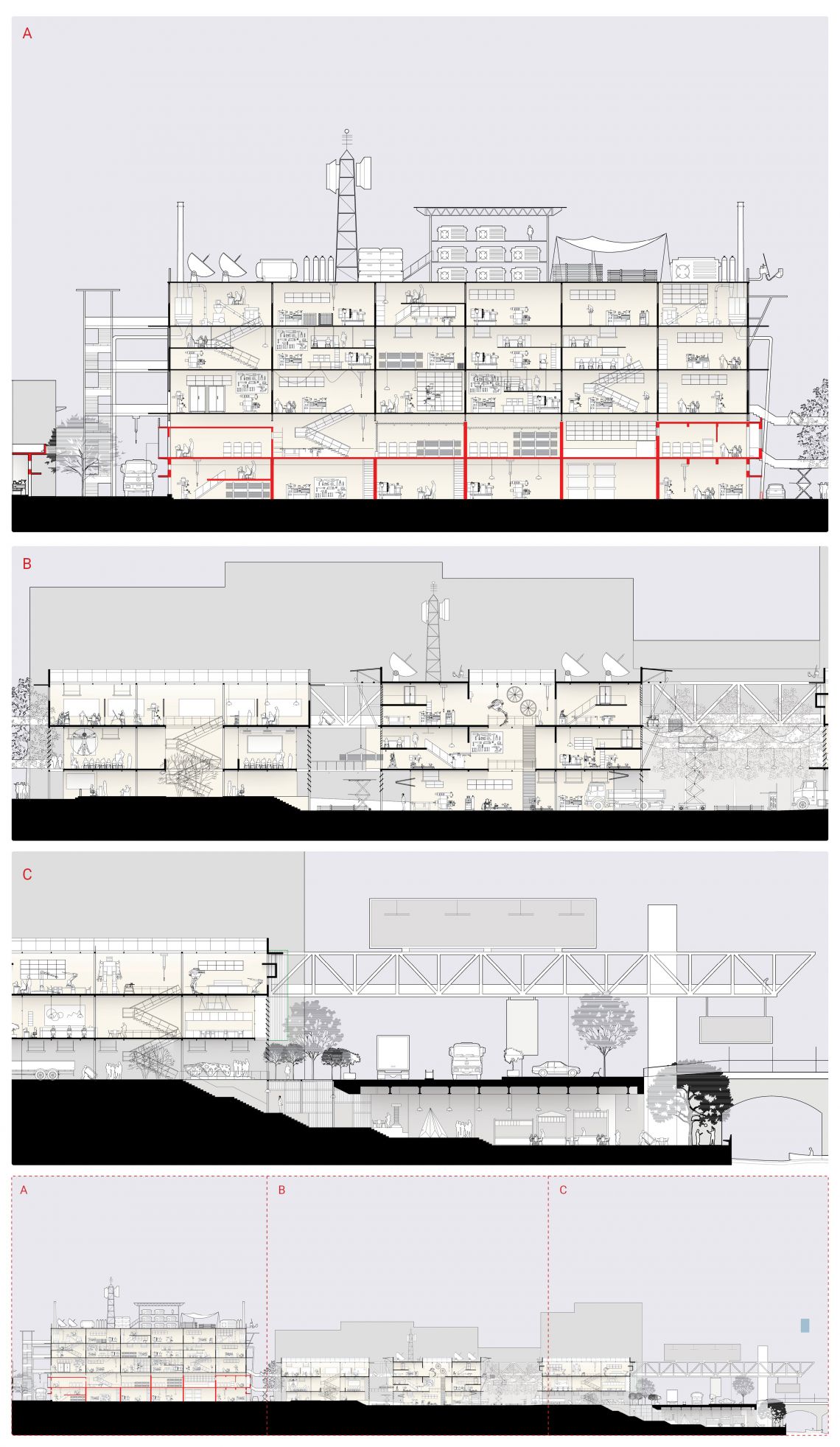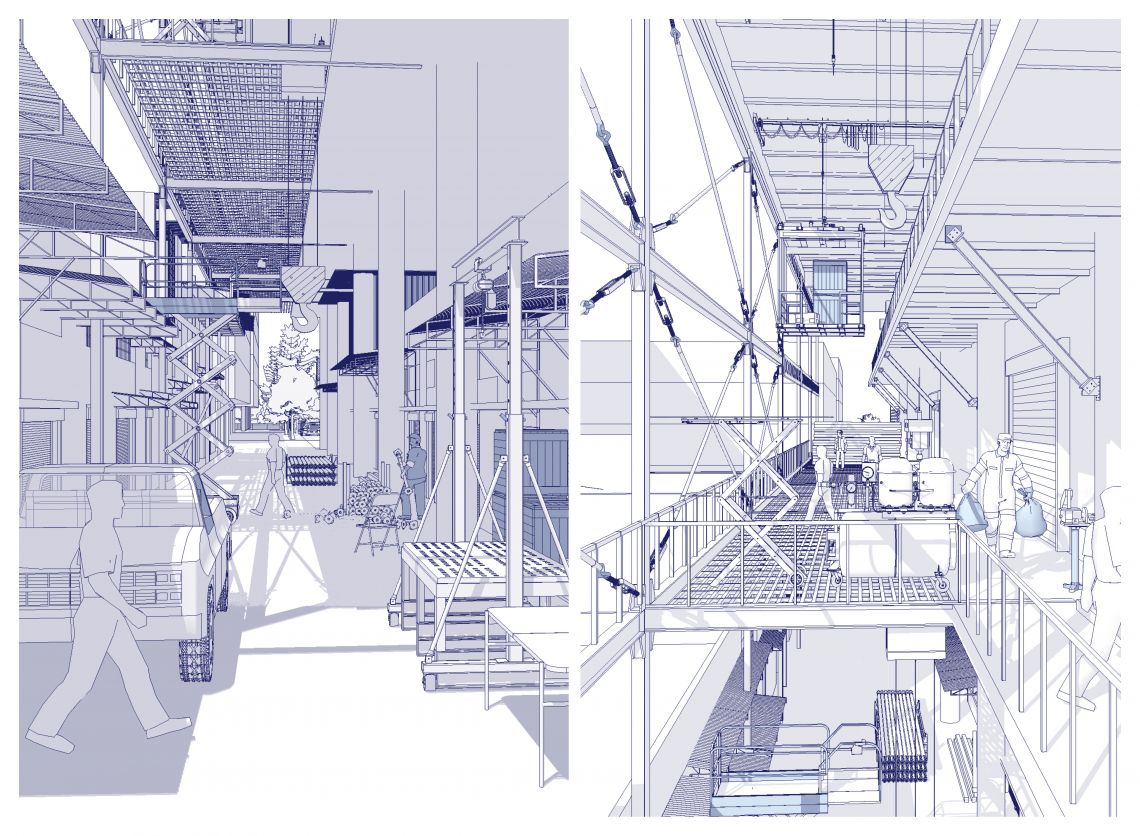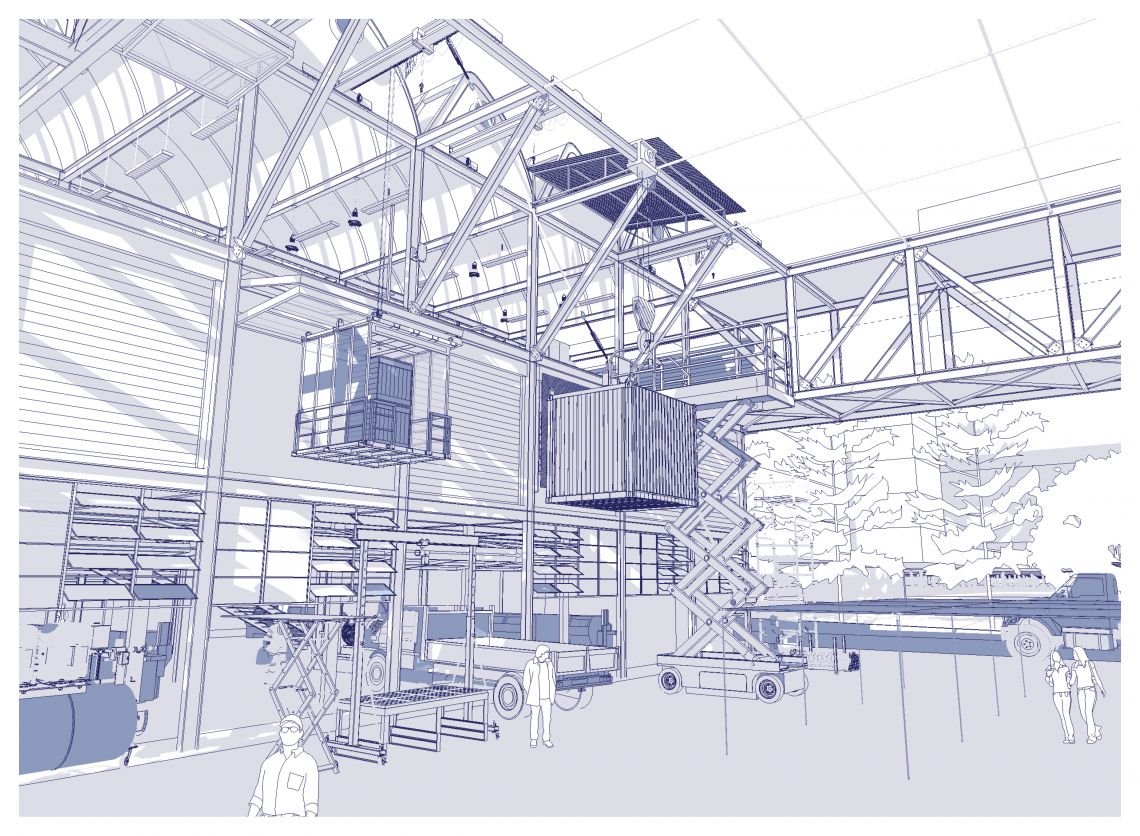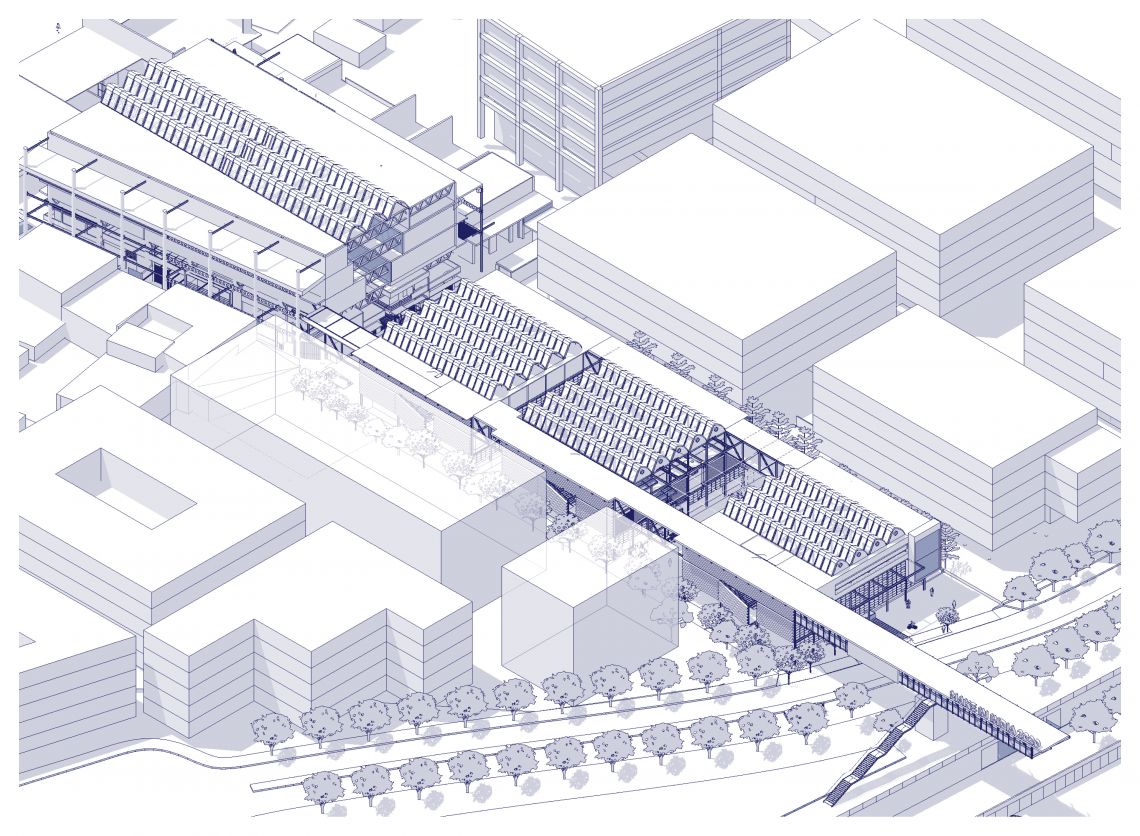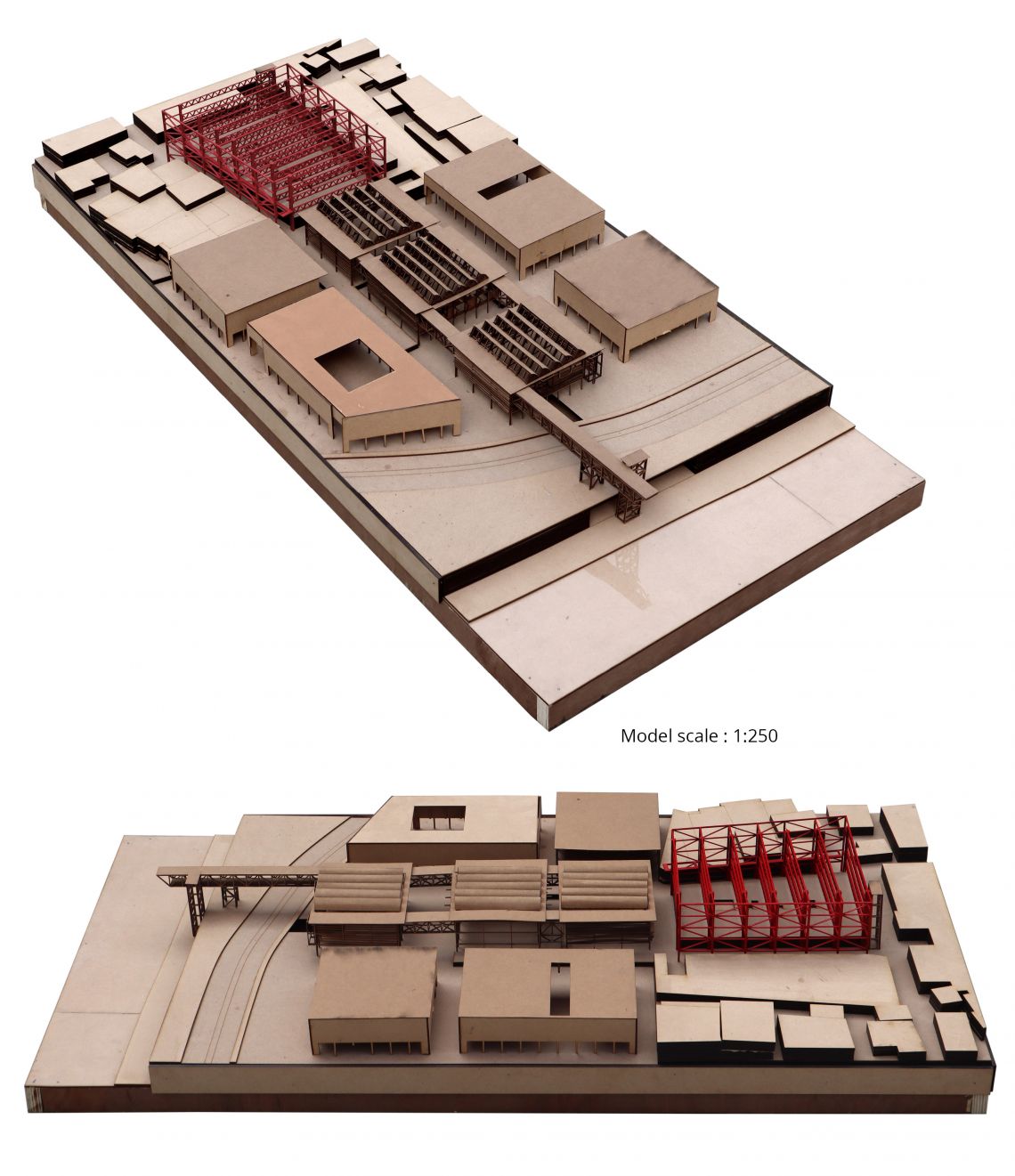Your browser is out-of-date!
For a richer surfing experience on our website, please update your browser. Update my browser now!
For a richer surfing experience on our website, please update your browser. Update my browser now!
Are market force and the logic of capitalist culture being only the deciding factors to define the development on the river edges? Or the city itself becomes a guide for the upcoming proposals while responding to market forces! As thinkers, one can find strategic opportunities in the cities & translate them into proposals. Cities are the places for the intervention, where the whole state can imagine the developments.
In this context How we can think about a project that acts as a catalyst for the existing conditions of the city. As planners and thinkers, is it possible to consider the potential of each area, look at the established patterns and the problems they raised? How one can find the opportunities in the city and translate them into the proposal.
The key design strategy is building within the existing Fabric, without dismantling the working manufacturing units. And extending manufacturing and supporting ecosystems towards the river. The new building extending towards the river is built on SRFDL land by encouraging the economic logic in which the riverfront was developed.
As the first step in order to generate income for the existing manufacturing units. One thing is vacating the existing units and clearing the site and the second idea is without dismantling the working manufacturing units. If we clear the site, the manufacturing units will nit come back to their previous locations. This kind of manufacturing does not support such kind of relocation moves. So one of the major design moves is building on the existing units. Since the existing units are owned by the mechanists, they will get benefited from this upcoming space, which eventually they are going to sell. A benefit that can be experienced by this generation.

